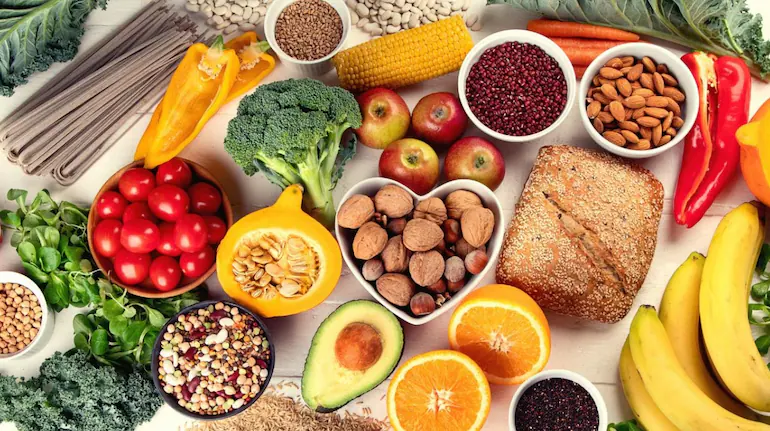Introduction: The True Meaning of Weight Loss
For many, the word weight loss triggers thoughts of strict diets, endless workouts, or quick fixes promising instant results. Yet, true transformation is not about temporary restrictions—it’s about long-term change that improves health, energy, and confidence.
This comprehensive guide dives into the science of losing weight, the myths that mislead people, and the practical steps that lead to lasting success. Whether your goal is to feel lighter, reduce health risks, or simply boost your quality of life, understanding the fundamentals is the first step.
Why Weight Loss Matters Beyond Looks
The most common motivation for weight loss is appearance, but the benefits extend far beyond aesthetics:
- Lower risk of chronic diseases: Excess weight is linked to type 2 diabetes, heart disease, and certain cancers.
- Better mobility and joint health: Reducing weight eases pressure on bones and joints.
- Improved sleep quality: Losing fat around the neck and abdomen can reduce sleep apnea.
- Enhanced energy and mood: Balanced nutrition and exercise improve mental clarity and reduce stress.
By viewing transformation as a health journey rather than a cosmetic one, people are more likely to stay consistent.
The Science of Weight Loss
At its core, weight loss happens when you create a calorie deficit—burning more calories than you consume. But it’s not as simple as numbers alone.
Factors influencing fat loss include:
- Metabolism: The speed at which your body burns energy.
- Hormones: Insulin, ghrelin, and leptin regulate appetite and storage.
- Body composition: More muscle equals a higher metabolic rate.
- Lifestyle habits: Sleep, stress, and activity levels affect results.
The goal is not just to reduce calories but to do so in a way that fuels your body, preserves muscle, and maintains energy.
Common Myths About Weight Loss
Misconceptions often derail progress. Let’s clear up a few:
- Myth 1: Carbs are bad. Carbohydrates fuel the brain and muscles; whole grains and vegetables are essential.
- Myth 2: Eating late causes fat gain. Timing matters less than overall calorie balance.
- Myth 3: Only intense exercise works. Walking, yoga, and light activity also contribute significantly.
- Myth 4: Starvation speeds results. Extreme restriction slows metabolism and often causes rebound gain.

Building a Weight Loss-Friendly Diet
The foundation of transformation starts on the plate.
Focus on Whole Foods
Fruits, vegetables, lean proteins, legumes, nuts, and whole grains supply essential nutrients without excess calories.
Portion Awareness
Even healthy foods can contribute to weight gain if consumed in large amounts. Using smaller plates and mindful eating reduces overeating.
Protein Priority
Protein supports muscle and satiety. Including a protein source at each meal prevents cravings and helps maintain lean tissue.
Limit Processed Foods
Packaged snacks, fast food, and sugary drinks are dense in calories but poor in nutrition. Reducing them makes a major difference.
The Role of Exercise
While diet plays the biggest role, activity accelerates fat loss and improves health.
- Cardio (running, cycling, swimming): Burns calories and strengthens the heart.
- Strength training (weights, resistance bands, bodyweight): Builds muscle, raising metabolic rate.
- Flexibility and recovery (yoga, stretching): Prevents injury and aids consistency.
A balanced plan combining cardio and strength yields the best long-term results.
Mindset and Motivation
Long-term success depends on consistency, which requires the right mindset:
- Set realistic goals. Aim for 1–2 pounds per week instead of extreme numbers.
- Track progress. Use photos, journals, or apps—not just the scale.
- Build habits gradually. Start small (like daily walks) and stack habits over time.
- Stay flexible. Progress is not linear; setbacks are part of the process.
Lifestyle Habits That Support Weight Loss
Beyond food and workouts, daily routines matter:
- Sleep: 7–9 hours per night keeps hunger hormones balanced.
- Stress reduction: High stress increases cravings and fat storage.
- Hydration: Water boosts metabolism and reduces overeating.
- Environment: Keep healthy foods visible and limit access to temptations.
Real-Life Success Story
Consider Maria, a 38-year-old who struggled with fad diets. Instead of another extreme plan, she focused on balanced meals, walking daily, and sleeping better. Over 18 months, she lost 40 pounds steadily and kept it off. Her story proves that weight loss is about persistence, not perfection.
Tools and Technology
Modern resources make the process easier:
- Calorie-tracking apps for accountability.
- Wearables to monitor steps and heart rate.
- Online support groups to stay motivated.
Used wisely, these tools provide structure without becoming overwhelming.
Common Pitfalls and How to Avoid Them
- All-or-nothing thinking: Perfection isn’t necessary; consistency matters more.
- Ignoring recovery: Rest days are vital for long-term performance.
- Over-reliance on supplements: Pills and powders can’t replace whole foods.
- Comparisons: Everyone’s body is unique—focus on your own progress.

Advanced Strategies
Once you’ve mastered the basics, try:
- Intermittent fasting: Restricts eating to time windows, helping appetite control.
- Carb cycling: Adjusting carbs based on activity levels.
- NEAT (non-exercise activity thermogenesis): Increasing daily movement beyond workouts.
These strategies can enhance progress if they fit your lifestyle.
Conclusion: The Journey of Weight Loss
At its core, weight loss is not about punishment or deprivation—it’s about balance, patience, and lifestyle changes that last. Quick fixes fade, but sustainable habits create transformation.
By combining smart nutrition, enjoyable exercise, and healthy routines, you can achieve not only a slimmer body but also greater energy, confidence, and resilience.
The journey is yours to shape—step by step, choice by choice.

